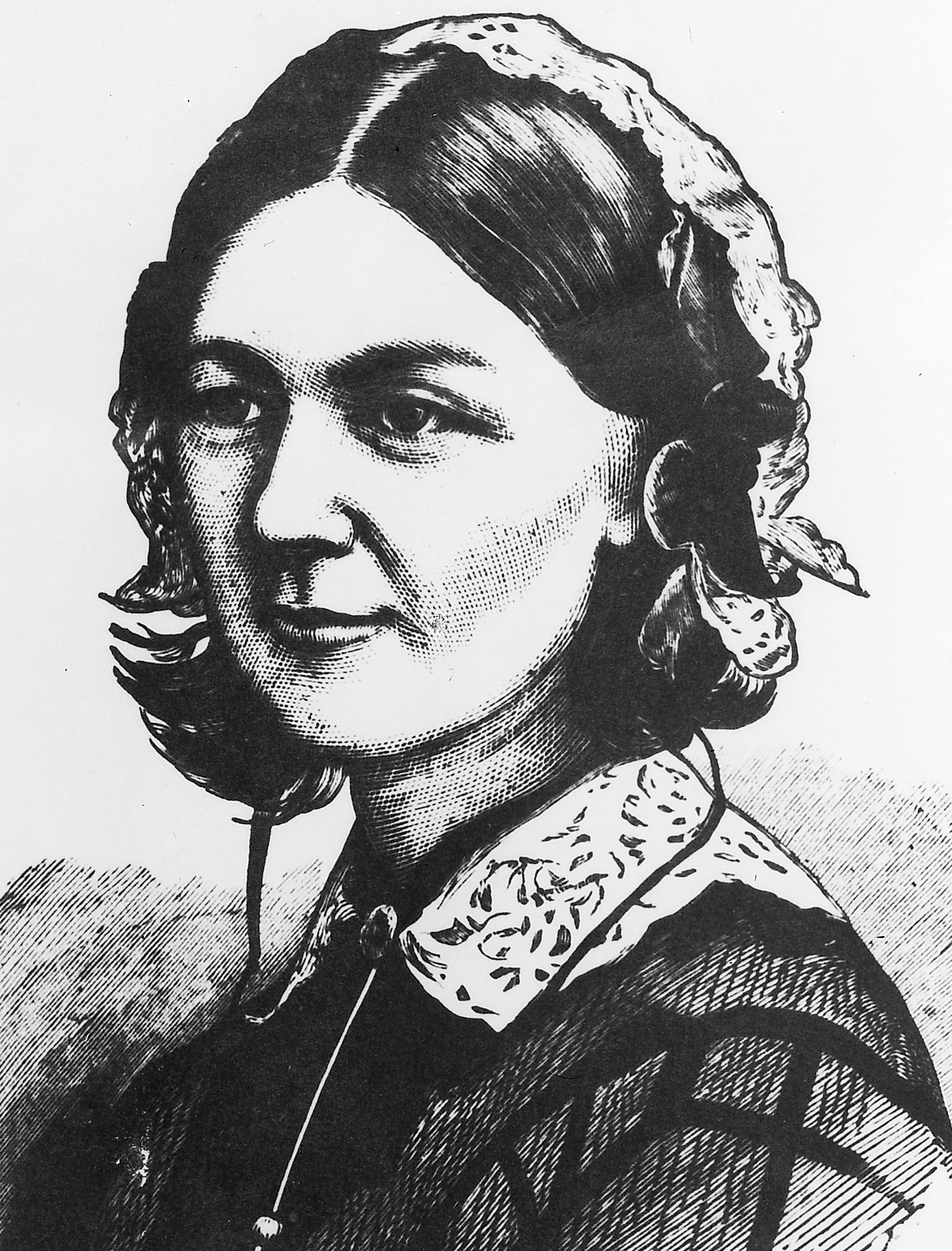
Obesity prevention in early life: can nurses help?
With childhood obesity remaining one of the biggest public health challenges worldwide, new and innovative strategies are needed to address the problem. A group led by Rachel Laws identified maternal and child health nurses in Australia as having a unique opportunity to promote obesity prevention by educating children and their parents during routine consultations.
Their study, published in BMC Nursing this November, aimed to investigate the extent to which this is currently happening and how it can be fully utilized in the future. The group showed that almost a quarter of nurses were reluctant to discuss weight issues and less than half promoted active behaviours. Laws and colleagues argued that this is a key missed public health opportunity and identified areas such as building confidence among nurses as starting points for the implementation of this practice in the future.
Are school community nurses effective at reaching students?
In another study looking at the youth of Australia, Michelle Banfield and colleagues evaluated the effectiveness of a pilot study in which registered nurses were integrated into school communities to deliver health promotion geared towards sexual health, diet, alcohol and tobacco. Through interviews with students, teachers and nurses, it was shown that the pilot study was both feasible and effective at reaching students, and the study now serves as valuable evidence to the Australian government to support the expansion of the programme, enabling many more young people to benefit.
Recognizing acute delirium in the clinic
For nurses working with older patients in long-term care facilities, the detection of delirium has been lagging far behind research settings for some time. Although reliable and valid tools exist, such as the confusion assessment method (CAM), these have not been effectively transferred from the laboratory to the clinic. The group led by Philippe Voyer provided a validation of the newly developed RADAR screening tool, which was shown to be efficient, reliable and well accepted by nursing staff. It was demonstrated to be a significant improvement on previous methods because it focused on practical aspects such as a reducing the time to administer. Now validated in long-term care facilities, the group  plans to move on to evaluate different populations and settings.
plans to move on to evaluate different populations and settings.
What are nurses descriptions of caring?
BMC Nursing is not only concerned with the outcomes of nursing, but also with research concerning nurses as people. As Andersson and colleagues note in this research article, although nursing has come a long way since the days of Florence Nightingale and Mary Seacole, it is reasonable to assume that caring remains at the core of the profession. In light of the various changes in the 21st century, the group decided to investigate whether these changes have altered the essence of nursing.
Through a qualitative methodology speaking directly with nurses, they found that the modern nurse understands caring to mean being primarily person-centred or having an acknowledgement of the person behind the patient. The authors put forward the point that placing an emphasis on care in the clinic will contribute to a safer and better quality of care.
The mental health of nurses
In another study focussing on the human aspect of nursing, Lin Perry’s group assessed the mental health of nurses in an acute teaching hospital setting. As an emotionally demanding profession, nurses are at a high risk of developing stress, anxiety and depression, so much needs to be done to monitor individuals and populations to gauge mental health and identify interventions to reduce their prevalence.
The results showed that 65% of nurses had experienced symptoms sometimes or often in the previous 12 months and 6% were currently being prescribed psychoactive medication. They also reported that nurses with a partner, or with better general health, were likely to have fewer symptoms. They conclude that managers should strive to create workplaces that are able to promote good mental health in an environment where they can be openly discussed without stigma.
Comments